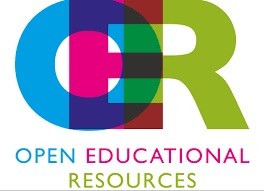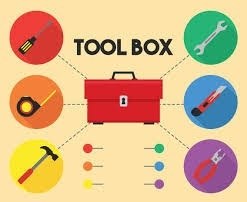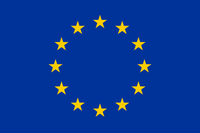Activities and Educationl Products
By implementing researches, surveys and interviews within the labour market, one international training, 5 TPMs, 9 local pilots providing innovative digital literacy skills to 150 HE students, 50 HE teachers, 40 unemployed adults and 8 external adult education organisations and, in the end, promoting the results through 8 Multiplier Events and a wide online dissemination, the project will realise the following outputs

The web based learning is an OER for higher education institutions in order to deploy and delivery innovative and updated digital information and media literacy resources.
The OER ensures two innovative features: delivery methods and contents.
The tool can be both implemented live with the assistance of a teacher/educator and offline as a free resource available for teachers, students, educators and adults.
Contents are designed to impact both on learners and educators in line with the DigComp 2.1, in particular:
1.1 Browsing, searching and filtering data, information and digital content
1.2 Evaluating data, information and digital content

The Toolkit will embrace a competency framework listing core competences necessary for successfully delivering Digital Information, Media Literacy and Fact-Checking competences to low-skilled adults.
The key element of innovation is to link HEIs and labour market digital skills demands.
All the methodologies, pedagogies and assessment criteria will be root out from real labour environments that requires digital competences (journalism, fact-checking organisations, social NGOs), and transferred into the HE educational environment through the involvement of e-portfolio, in order to let HE teachers in early stage career and the students ensure the fostering and acquisition of 21st Century skills.

The Guideline on Media and Information Literacy is an Open Educational Resource made to ensure
the transferability of digital methodologies and non-formal activities within HEIs’ and adults’
education. It also provides real case studies and national meaningful examples in order to get citizens aware of online disinformation dangerous consequences.
The Output will provide
- A brand new methodology tackling an actual and concurrent issue as the spread of online fake news extremely urgent for young people and teachers they are teaching to.
- The efforts and measures of EU offices to tackle the issue
- The transferability of the tools developed and the adaptability of the activities in HE and adult context.

The digital assessment tool is an OER tailor-made to evaluate HE students and young adults on their capacity to spot fake news, to trace back to the source of information, to understand the info spread processes and the eventual reasons for misleading the reader. The output is going to be digital as it is going to be based on real fake news and research simulations.
The tool is going to be designed in a step-by-step path from the most common interactions between e-users and browsers/social networks to sophisticated challenges in web-researching.
Moreover the tool will foresees questions, interactive simulations, examples and case studies.
The use of these tools, along with a practical understanding of phenomena like confirmation bias, cognitive dissonance, backfire effect, and echo chambers, which play a pivotal role in the dissemination of fake news, will be very innovative and effective for teachers and students.

The European Commission's support for the production of this publication does not constitute an endorsement of the contents, which reflect the views only of the authors, and the Commission cannot be held responsible for any use which may be made of the information contained therein.